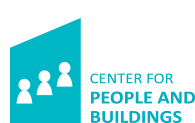Last Saturday was February 1, 2020.
4 february 2020

February 1, 2020*
Last Saturday was February 1, 2020. That may not seem a particular auspicious day in the grand scheme of things, but for workplace specialists, designers, office furniture suppliers and end users it could easily have been Juriaan van Meel Workplace Day. Exactly twenty years ago at 1.30 pm Juriaan was awarded his PhD from TU Delft. So, a short tribute is in order.
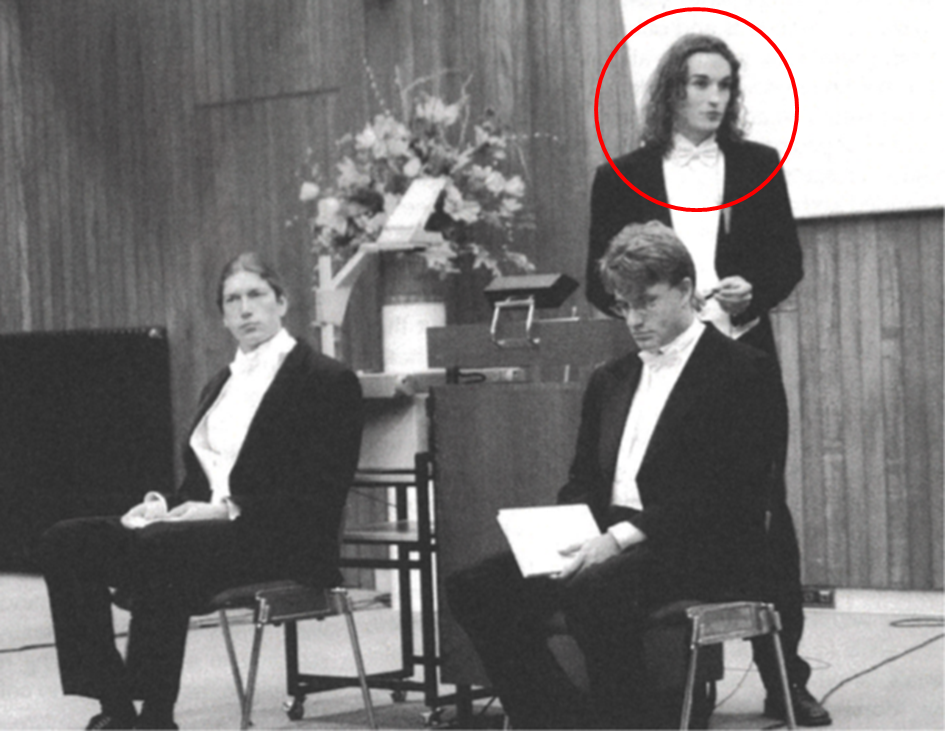
Solid research with an eye to the future
Juriaan’s dissertation was entitled The European Office, office design and national context. A reread of the findings of the PhD thesis puts a smile on my face. Take this one:
"Soft" factors such as culture have a hard impact on the design.
On the face of it, a straightforward conclusion, but how often is this truth ignored in practice?
What exactly is the hard impact then? Well, consider how end users respond to the design of the office? Much of the CfPB's research into the issue – also over the last two decades – has shown just how important this is. On a scale of 1-10 for how much they rate a particular design, the typical rating comes in at a relatively meagre 6 or 7. And what does that tell us? That could well be the next question for Juriaan to address.
"Visionary office concepts have a limited expiration date".
Concepts can be beautiful, but as soon as we prefix them with a vision, we are inviting people to doubt and suspect the thinking behind them. Even if a vision is utopian, it must be supported by a form of totalitarianism, because the vision must be maintained, and people must adapt to it and not the other way round.
Just look at the persistence of the open plan office model with its vision of one size fits all and how the office landscape will enhance internal communications and improve collaboration. What we now know is that there are characteristics of an open plan that enhance collaborative work, but not all.
Such well-informed predictions from two decades ago are relevant to this day and ensure that the study retains its relevance for contemporary readers.
Books of applied knowledge
Since his dissertation, Juriaan has become a prolific author, and has enriched the professional world with practical and well-researched books, invariably richly illustrated with stories, photos and diagrams.

The Werkplekwijzer (with Gerry Hofkamp) published by the CfPB and edited by i.s.m. Yuri Martens and Hermen Jan van Ree, has since been translated into English as Planning Office Spaces and subsequently into French and Portuguese.
Workplaces Today: This book discusses the incredible diversity of places for knowledge work, ranging from shiny corporate head offices and cubicled call centres, to raw designer studios and hip co-working spaces.
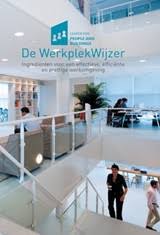
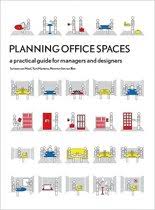
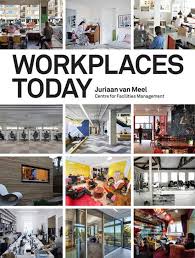
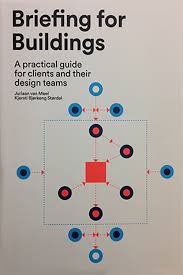
Briefing for Buildings (in collaboration with Kjersti Bjørkeng Størdal) is a practical guide for clients and their design teams. This book provides all the guidance needed to develop high-performance office design briefs.
The latest gem looks at the trend for activity-based working. Juriaan’s sponsor for the book is Purenet, a European network that brings together national real estate organizations and ministries that are responsible for public real estate. Activity-based working, the Purenet practice guide (English): In clear language this guide describes what ABW is, how it works, how it can be implemented. You can view the booklet here.
*Thanks Mark Eltringham for providing your help translating the original message from Ducth language
